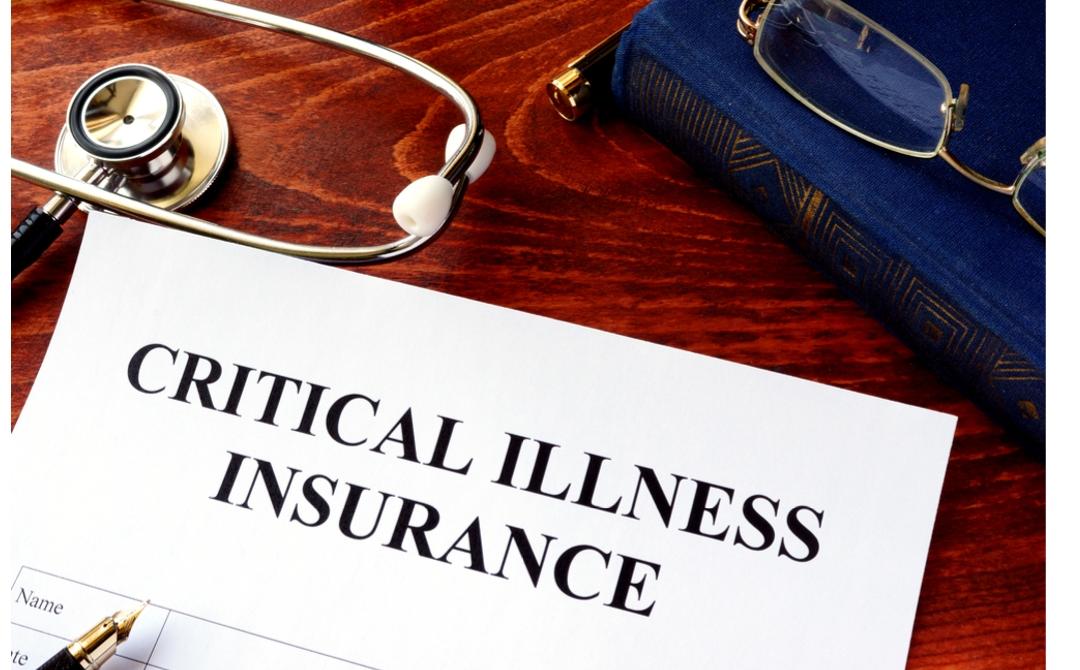Trending Now
- 830 voters names go missing in Kavundampalayam constituency
- If BJP comes to power we shall consider bringing back electoral bonds: Nirmala Sitaraman
- Monitoring at check posts between Kerala and TN intensified as bird flu gets virulent in Kerala
Business
Top 4 Ways to Choose the Best Critical Illness Plan
![]() May 30, 2020
May 30, 2020
TCP : ADVERTORIAL
We all want to keep our investment portfolio clutter-free, so the thought of buying another insurance product may seem a bit overwhelming. But imagine being diagnosed with a critical illness such as cancer. These ailments are not just life-threatening but also cost a bomb in treatment. Health insurance will only pay for hospitalization, that too, after the submission of bills. But what about other expenses such as medicines, doctor’s consultation, and follow up treatments? You are left to bear the burden of these expenses that can soon add up.
So what are your options? Acute illness means a lengthy recovery period; therefore, loss of income. The financial burden of paying for this could mean wiping out your life’s savings in a single swipe! This is where critical illness insurance comes in to save the day.
A critical illness plan can be a standalone policy or a rider option that can be added to your term insurance. According to this plan, when you are diagnosed with a severe ailment mentioned in the policy document, the insurer will pay you with the sum assured that you could use the way you want, unlike health insurance that only pays your hospital bills.
So if you are convinced about adding this plan to your insurance portfolio, then use the following tips:
1.Check the Reputation of Brand
This goes for all insurance plans and not just critical illness insurance. When you are buying a policy, you must always check the claim settlement history as well as the settlement procedure of the insurer before investing in their products. Do not risk a long term investment with an insurance provider that has a poor settlement history.
Doing so can put you in a situation where your claim goes unrequited when you need it. The next thing you have ensure is that the process of filing the claim is seamless. A complicated claim request process will be the one that comes with the unnecessary requirement of forms and procedures. Therefore, it is wise to steer clear of that insurer. These two factors alone will speak volumes about the brand reputation.
2.Choose a Plan that Aligns WithYour Needs
The cover amount that you choose for your critical illness insurance is the key to ensuring that you have adequate cover when the need arises. You can either buy a standalone policy or supplement your term plan with a critical illness rider. Online insurance policies offered by insurers like Max Life Insurance give you the freedom to make a careful assessment of policies and their benefits by reviewing and comparing them online before making a purchase.
Knowing the specific benefits of term insurance policy or rider will help you make the right selection based on the premium costs. When you are choosing a plan, make sure that it not only suits your requirements but also offers you maximum benefits at cost-effective premiums. Compare a few quotes and take your medical history into account when narrowing down your options.
Additionally, if you are buying critical illness insurance , you also need to ensure that it doesn’t coincide with your current life and health insurance. Therefore, you need to choose a cover that can cause any problem at the time of the claim.
3.Look for Add-on Benefits
There isa wide range of illnesses covered under the critical illness plan. Be it is a rider or a standalone policy, critical illness insurance is clubbed with health or life insurance plans to offer comprehensive coverage. Some of the most common ailments covered by these policies include heart attack, cancer, organ transplant, surgeries, and more.
The policy terms and conditions are pretty much the same under both options. Therefore, a choice between a rider or the standalone policy will mainly depend on your requirements. For instance, if you were to take a critical illness policy, you will be required to undergo a medical test. However, a rider does not have such a requirement. Similarly, the policy usually covers at least 20 or more critical illnesses, whereas, a rider only covers about 8-10 depending upon your base policy. So remember to take the add-on benefits into account when taking a policy.
4.Perform a Thorough Policy Check
When buying a critical illness plan, you need to check the illnesses covered in your policy. If you have a family history of significant illnesses, make sure they are covered in the policy.
Additionally, you must also consider the average cost of treating severe illnesses when calculating the cover size. Don’t forget to account for inflation when you do that. Generally, a standalone policy will give you more flexibility in choosing the sum assured, compared to riders. The limit on the sum assured under a rider benefit will be the same as the base policy. The pricing will also be different when it comes to the rider and standalone policy. The former will cost less than the latter.
We live in a fast-paced, unpredictable world. Therefore, adding critical illness insurance in your portfolio is not just an investment decision but a necessity. As we cannot predict the future, it is always better to be prepared for it. Now that you know how to cover yourself against life-threatening diseases, it is time to make the right decision and choose a plan that would safeguard your future.
























